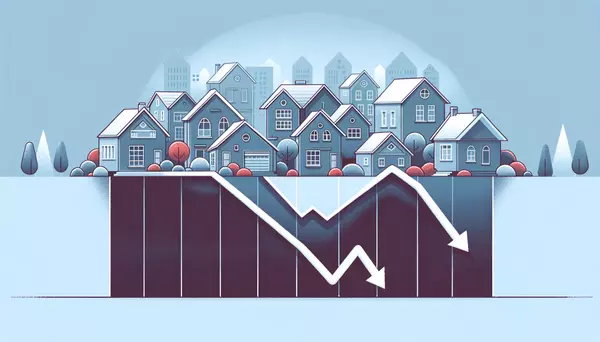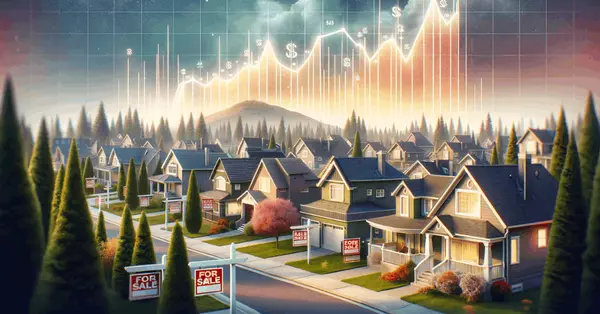Steep Decline in Commercial Real Estate Prices

The U.S. commercial real estate market is facing a challenging period as it enters 2024, with a mix of hope for improvement and apprehension about a more significant downturn. The sector is grappling with the repercussions of volatile interest rates, which have been a dominant factor over the past year. Despite this, strong property fundamentals have provided some balance against these pressures. However, the clash between these fundamentals and the high, fluctuating rates is expected to continue throughout the year. This unique correction, driven largely by a sharp rise in financing costs, is neither a crisis of liquidity nor one of property fundamentals. It's more gradual in nature, but this also implies that the correction process could be prolonged.
In Denver, similar challenges are evident. The highest interest rates in decades, along with changes in work patterns due to the pandemic and other economic factors, have impacted various sectors of the commercial real estate market. Denver's experience reflects the broader national trends, which have seen an increase in CRE delinquencies and a slowdown in lending. This is partly due to reduced CRE purchases, attributed to higher interest rates and shifting business and consumer needs. Despite these challenges, there are some positive signs in the national multifamily and industrial markets, with substantial growth in large real estate developments for data centers and warehousing due to increased e-commerce and delivery demands.
The Mortgage Bankers Association forecasts a significant increase in commercial mortgage borrowing and lending in 2024, estimating a 29% rise from the previous year's total. This projection, however, is still below the levels seen since 2017. The anticipated surge reflects the cooling down of the market due to uncertainties over U.S. monetary policy and the direction of interest rates. The tighter monetary policy since 2022 has raised borrowing costs across the commercial real estate market, leading to stricter lending standards and concerns about the ability to refinance loans, which could result in forced selling.
Market experts are warning that the U.S. real estate market is facing a "slow-moving train wreck," with potential massive defaults in the commercial sector. The current situation is attributed to factors such as increased vacancy rates, changes in how people work, and rapid interest rate increases. There are concerns that many buildings won't be able to service their debt, leading to significant defaults. This situation is further complicated by the anticipation of aggressive rate cuts from the Federal Reserve to help mitigate these challenges.
Overall, the U.S. commercial real estate market is navigating a complex environment marked by high interest rates, changing work patterns, and economic uncertainties, with mixed prospects for different sectors of the market.
Categories
Recent Posts










GET MORE INFORMATION

